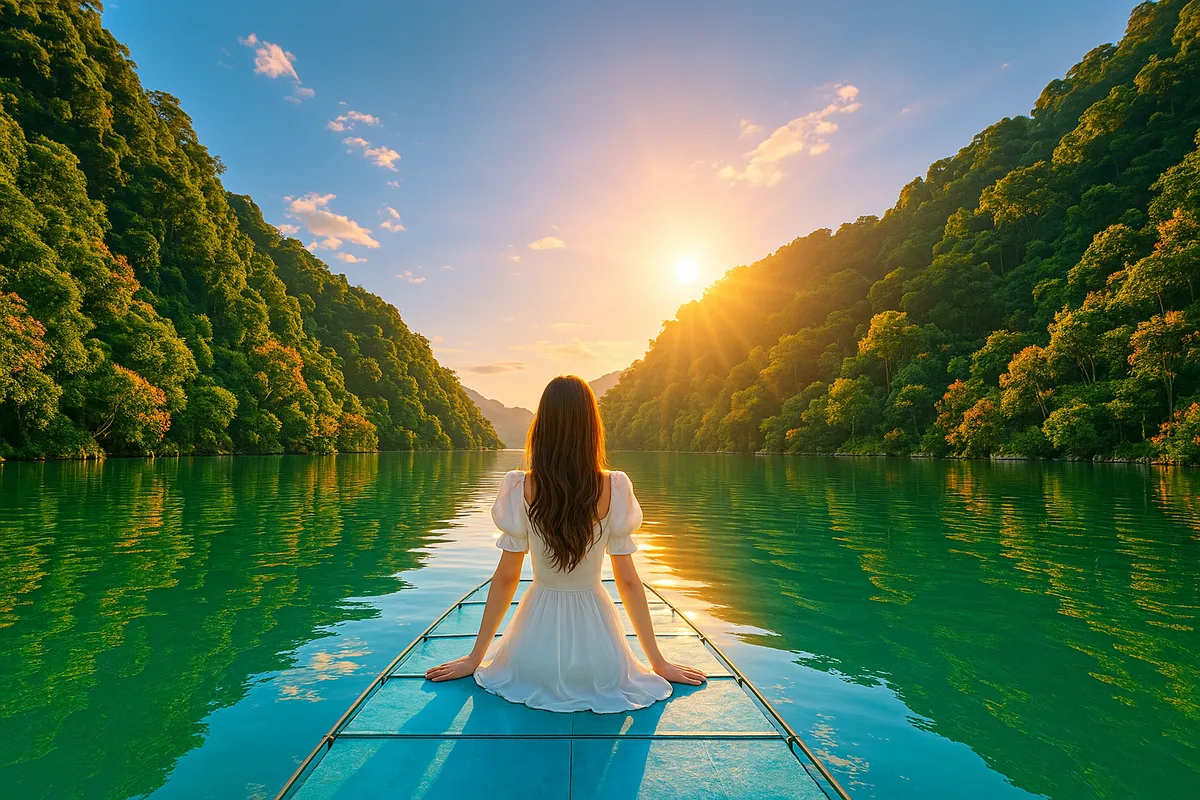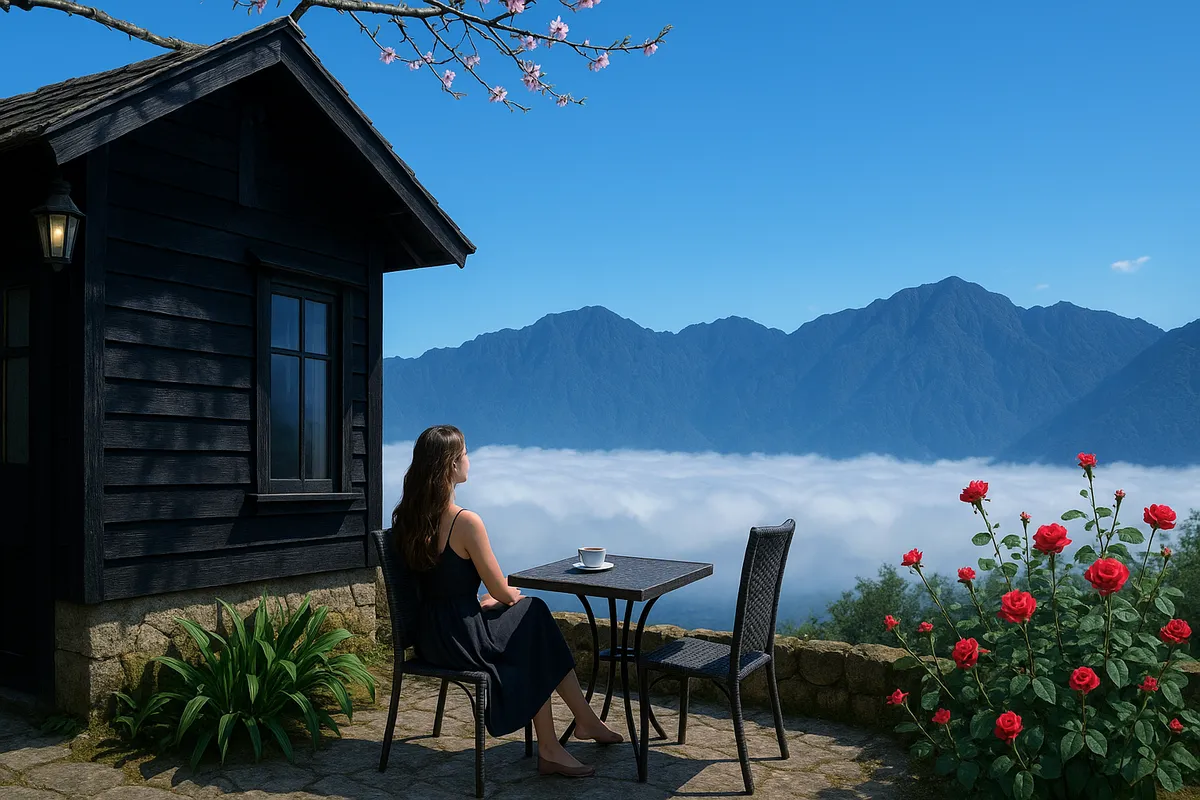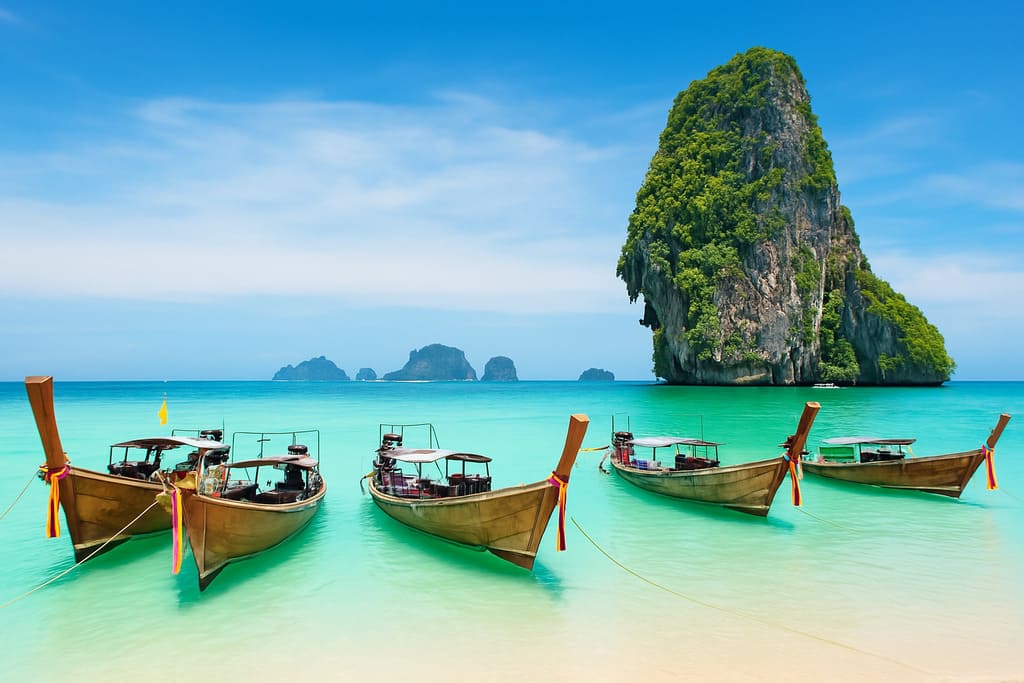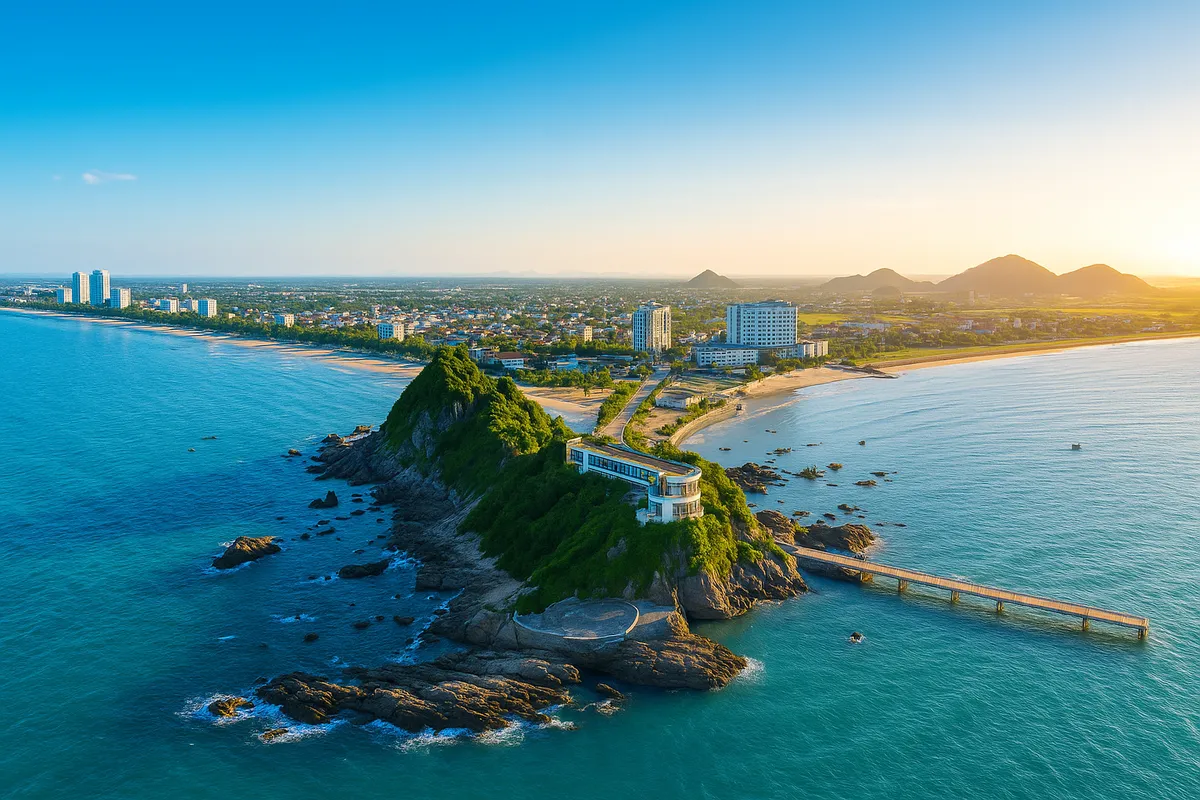Ba Be Lake - Where Time Slows and Nature Whispers Stories
- Apr 14, 2025
- Tourist area - Monument
Ba Be Lake - Where Time Slows and Nature Whispers Stories
There are places on this earth where time does not pass it lingers. Where the air tastes of moss and memory, and the water mirrors not just the sky, but something deeper, more ancient. Ba Be Lake, nestled within the dense forests of Bac Kan Province in northern Vietnam, is one of those places.
I did not go there to chase adrenaline or luxury. I went for something quieter, something that might just slip between the pages of daily life if I did not pay attention. What I found was a lake cradled by mountains, a place so serene it felt as if the world had taken a deep breath and held it, just for a while.
Ba Be means "Three Lakes" in the language of the local Tay people Pe Lam, Pe Lu, and Pe Leng three arms of water gently threading together like the lifelines of a sleeping giant. Together they form one of the largest natural freshwater lakes in the world situated in the mountains, more than 145 meters above sea level. Over 8 kilometers in length, nearly 3 kilometers across at its widest, and astonishingly deep, the lake is as mysterious as it is magnificent.
But numbers never quite capture magic.
What does is this boarding a wooden boat with the morning mist still curled like breath on the water, watching a kingfisher flash past in electric blue, hearing the hush of leaves parting above where monkeys leap from branch to branch. What does is the sound of the oar dipping, rising, dripping echoing off limestone cliffs cloaked in ancient trees. The lake speaks in ripples and reflections, and all you have to do is listen.
One morning, I floated across the surface with an elderly Tay woman at the helm. Her paddle moved with practiced grace, and her stories spoken in soft, rhythmic Vietnamese were translated by my guide but did not really need translation. Some things live in tone and eyes and silence. She pointed to the mountains and told the legend of a malevolent serpent spirit that once threatened the valley, of a humble mother and son who warned the villagers, and of how the land filled with water to become this very lake. It sounded like myth but in Ba Be, myth feels as tangible as mist on your skin.
Beyond the lake, the land unfolds in layers of awe. The Puong Cave is a cathedral of stone, where the Nang River slices right through the heart of a mountain, forming a tunnel filled with bats and wonder. The Dau Dang Waterfall rages with wild beauty, crashing and tumbling between boulders in a spectacle of spray and sound. And tucked between forest and water lies the village of Pac Ngoi, where stilt houses line narrow dirt paths and children still splash in the shallows, their laughter trailing into the air like birdsong.
But there is another place, a quieter stop that surprised me more than any natural marvel. On a small hillside in Ban Vai village stands a monument not many international travelers know the Memorial Site of the Voice of Vietnam (Dai tuong niem Dai tieng noi Viet Nam). During the First Indochina War, the national radio station was relocated here hidden in the jungle, transmitting the voice of a country fighting for freedom. To stand there, surrounded by trees and silence, imagining those voices beaming across a war torn nation, gave me chills. It was a whisper of resistance, echoing still.
When it comes to where to stay, there are options that fit every kind of traveler. At the edge of the national park lies Ba Be National Park Hotel, a comfortable, well situated place with sweeping views of the surrounding forest and easy access to the lake. If you prefer something more intimate and rooted in local culture, the homestays in Pac Ngoi and neighboring villages are warm and welcoming. You will sleep in wooden stilt houses, eat rice cooked in bamboo, and wake up to the sound of roosters and rustling leaves. It is not luxury in the conventional sense, but it is rich in authenticity the kind that lingers longer than any spa treatment ever could.
If you are planning to go, I recommend visiting between September and November when the weather is cool, the skies are clear, and the landscape bursts with color. Spring also casts a soft, poetic light over the lake, while summer offers refreshing dips in the water. The journey from Hanoi takes around 4 hours by road, and while the ride winds through mountains, every turn brings a new breathtaking view.
Ba Be is not a place to rush. It is not a destination for flashy photos or curated Instagram feeds. It is a place to breathe slowly, to let go, to remember how it feels to be a part of nature instead of a spectator. It is a place that gives you space to reflect not just on beauty, but on resilience, memory, and silence.
As I sat on the pier on my final evening, watching the last light skim across the water, I realized something some journeys end with souvenirs, others with stories. But Ba Be left me with a feeling. A stillness I carried long after I left. And if that is not the sign of a place worth visiting, I do not know what is.

 CHECKIN.VN
CHECKIN.VN








Share on